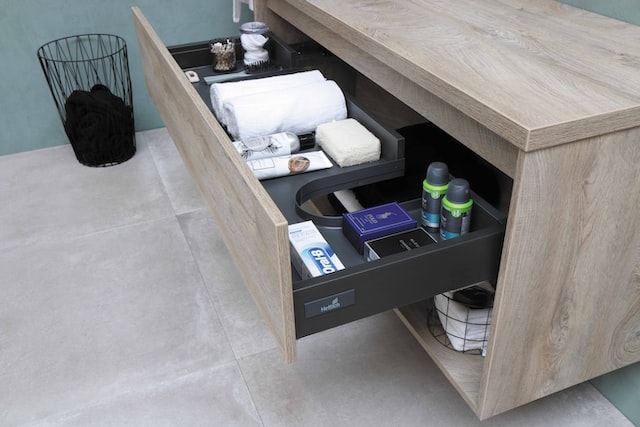If you’re looking to create a bench seat that’s against a wall, there are a couple of things you’ll want to know before you begin. First, you’ll need to decide whether you want to make the bench sit on a surface that’s anchored to the floor, or if you want to hang it from the wall. You’ll also need to consider how to attach the bench to the wall, and how to add a storage compartment to it.
Building a floating bench
Building a floating bench seat against a wall is a great way to make a room look larger. This piece of furniture can be stained or painted to match your home’s decor. It also provides a handy storage area for shoes.
The first step is to measure the length and width of the room. The width should be measured from the wall to the back of the chair. Once you know this, measure the height. You’ll want a top that is at least three inches below the floor, but not over six feet tall.
Next, you’ll want to use a stud finder to locate wall framing members. Use this information to determine how many studs will be needed to hold the bench.
Using leftover wood

The use of wood left over from a project or found in a yard sale is a great way to save money and build something that is both functional and beautiful. There are many ways to go about it, but here we will take a look at one of the easier ways, using a heavy duty bracket.
First, measure your wall for the optimal bench width. Ideally, this should be no more than 6 feet long without a middle support. Next, decide on the best way to attach the piece. If your wall is a sturdy stud, you can simply screw on the boards, but you may also consider heavier duty braces or brackets.
Using a few ounces of ply, create a functional corner bench. This requires two 2×8″ boards plus one 3″ x 18″ x 6″ plywood end piece. You can also add a piece of 2×4 for a bit of vertical reinforcement.
Using a butcher block top
If you are building a kitchen bench seat against a wall, you may be able to use a butcher block top instead of a solid-topped base unit. This type of countertop can give you a unique look while adding warmth to your dining space.
Butcher block countertops are an appealing natural material. However, they must be properly sealed to prevent stains. It’s important to follow the manufacturer’s instructions. You can also choose a polyurethane finish to provide long-term protection.
In addition to sealing butcher block, you should mount your wood top in a way that protects the wood from cracking. Mounting the wood top without a gap in between it and the cabinet base will eliminate the risk of warping and delamination.
Creating a storage bench
If you’re looking for a way to create a storage bench seat against a wall, you can easily do so with the help of some basic materials. You can buy ready-made benches in home improvement stores or build your own.
First, you’ll need to build the frame. It’s important to get all the wood cut properly. This includes the legs, side panels, and the base. Once you have the pieces ready, you can assemble the bench. During assembly, you should use a spirit level to ensure that all the timbers are level.
For the bottom shelf, you’ll need two 1×2 boards. The ends of these panels will be attached with screws. The back of the panel should be covered in plywood.

Adding a wall mounted bench
Adding a wall mounted bench seat is a great way to provide additional seating without occupying any floor space. The extra seating also allows workers to remain productive and comfortable. However, before you decide on which type of seating to buy, make sure the seat is durable, ergonomic and is comfortable.
Several business face the challenge of limited space, but a wall mounted bench can be a great solution to this problem. Not only can a wall mounted bench be used in the lobby or entrance, it can be added to a garage workshop for storage or in a small room for extra seating.
One of the most popular styles of wall mounted benches is the 4′ long. This length makes it perfect for parks and walking paths. It is also attractive and durable. A heavy-duty metal frame and seat prevent sagging.






